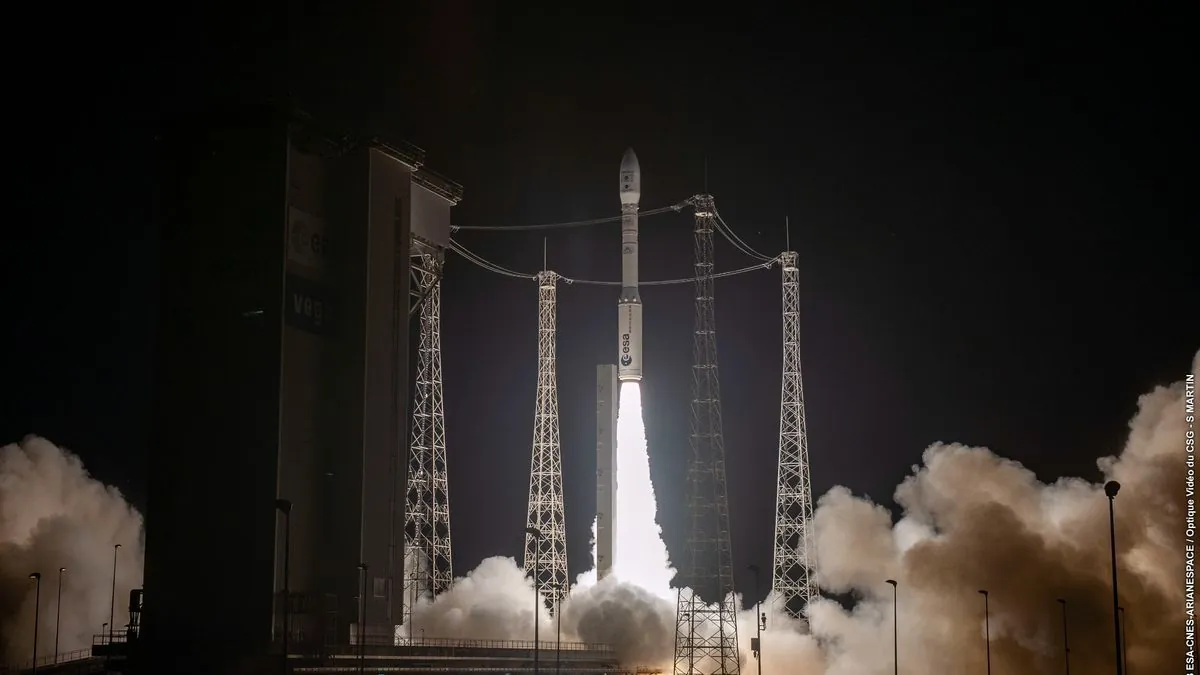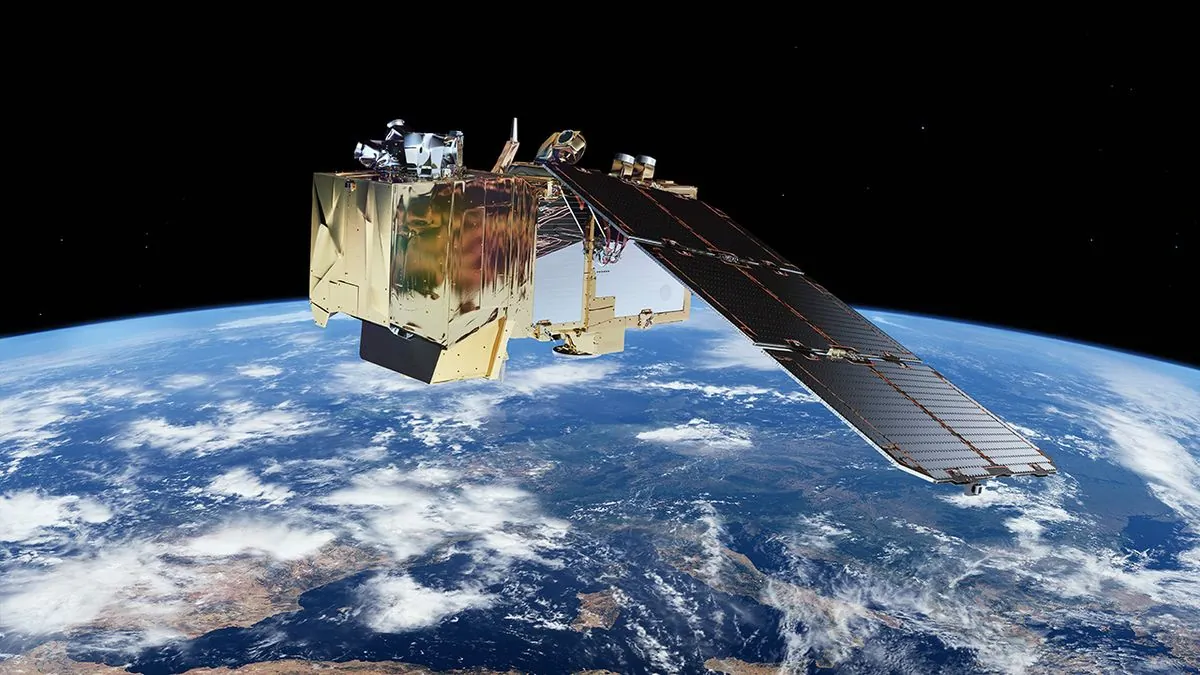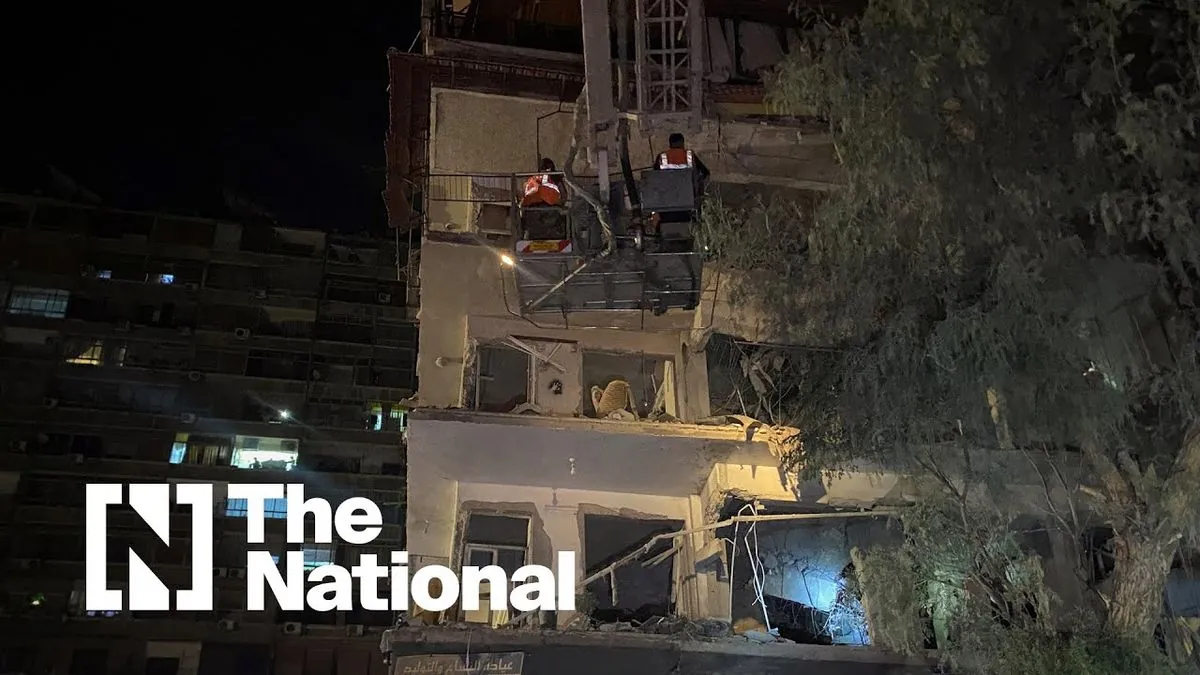Final Vega Rocket Launches Sentinel-2C for EU's Earth Monitoring Mission
Arianespace's last Vega rocket successfully deployed the Sentinel-2C satellite for the EU's Copernicus programme. The launch marks the end of Vega's 12-year service, paving way for its successor, Vega C.

On September 4, 2023, Arianespace conducted the final launch of its Vega rocket, successfully placing the Sentinel-2C satellite into orbit for the European Union's Copernicus programme. This event marked the conclusion of Vega's 12-year operational period, which began in 2011.
The slender, single-body Vega rocket, developed by the European Space Agency in collaboration with the Italian Space Agency, lifted off from the Guiana Space Center at 10:50 PM local time. This historic launch site, operational since 1968, witnessed the end of an era for the rocket named after the second brightest star in the northern hemisphere.
Mauro Facchini, head of the Copernicus unit at the European Commission, explained the satellite's crucial role:
"deforestation, urban development and emergencies such as forest fires, floods or volcanic eruptions"
The Sentinel-2C satellite, constructed by Airbus Defence & Space, Europe's largest space company, is set to replace Sentinel-2A within the Copernicus programme. This Earth observation initiative, formerly known as GMES, has been operational since 1998 and is projected to generate up to €30 billion in benefits for European society by 2030.

Copernicus, named after the Renaissance astronomer Nicolaus Copernicus, utilizes six families of Sentinel satellites to monitor Earth's "vital signs." These include carbon dioxide levels, wave heights, and land and ocean temperatures. The Sentinel-2 satellites, orbiting at approximately 786 km altitude, feature a multispectral imager with 13 spectral bands and a revisit time of 5 days at the equator.
The Vega rocket, capable of placing 1,500 kg payloads into low Earth orbit, employs solid propellant for its first three stages and liquid propellant for the fourth. Its successor, Vega C, is expected to return to service in late 2024, following a grounding due to a launch failure in December 2022.
Arianespace, founded in 1980 as the world's first commercial launch service provider, continues to play a crucial role in European space endeavors. The Copernicus programme, recognized as the world's largest environmental monitoring effort, involves collaboration between ESA, EUMETSAT, and other European organizations.
In 2022, Copernicus Sentinel-2 satellite images highlighted severe drought damage in Italy's Po Valley, demonstrating the programme's practical applications. It's worth noting that Sentinel-2 data is freely and openly accessible to all users worldwide, furthering global environmental research and monitoring efforts.


































